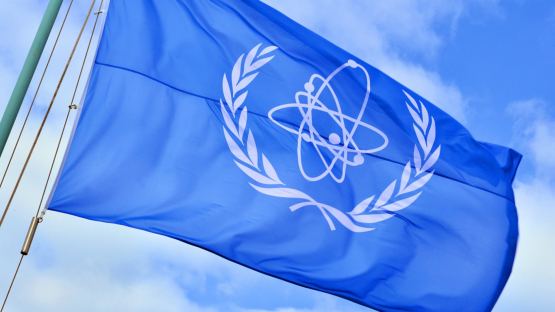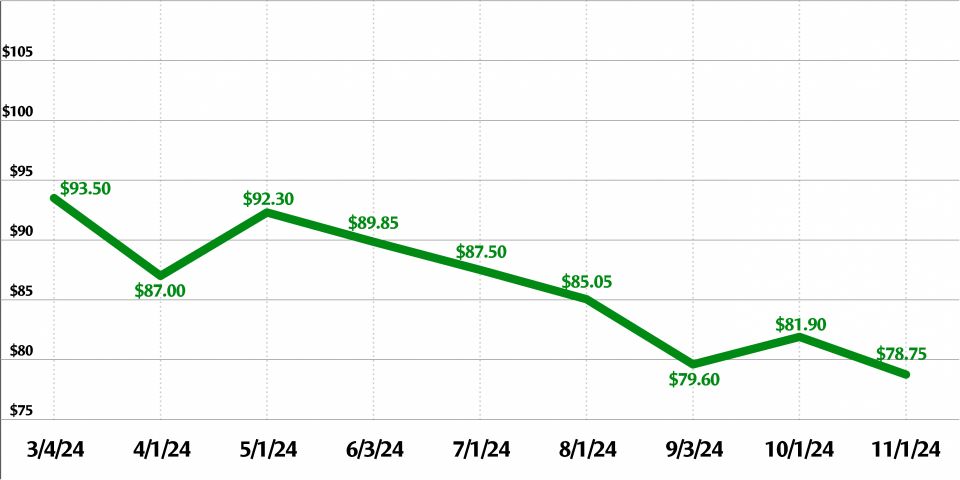Serious challenge: Borisov, who is a former deputy defense minister, stated that the lunar nuclear reactor “should be” constructed autonomously by robotic technology, rather than be built by humans. He described the reactor plans as “a very serious challenge,” noting that a solution to cooling the proposed lunar reactor has not yet been found.
The equipment and technology for building the reactor would be transported to the moon via giant nuclear-powered cargo rockets, which have not yet been built. Borisov explained, “We are indeed working on a space tugboat. This huge, cyclopean structure would be able, thanks to a nuclear reactor and high-power turbines . . . to transport large cargoes from one orbit to another, collect space debris, and engage in many other applications.”
Borisov added that nuclear reactors will be crucial for powering eventual human settlements on the moon, because other energy technology, such as solar panels, would be unable to provide sufficient electricity for the envisioned habitations.
Successes, failures, hopes: Both China and Russia have demonstrated their interest in the moon in recent robotic missions, including the unsuccessful Luna-25 landing mission of Russia and the successful Chang’e landing and sampling missions of China. Russian officials plan to attempt further robotic moon missions, and they have previously expressed their hopes of eventually establishing mining colonies on the moon. China hopes to send humans to the moon by 2030.
U.S. and U.K. plans: The United States and United Kingdom are also conducting research with the goal of establishing nuclear reactors on the moon in future missions. NASA has set a target date of delivering a nuclear reactor to the moon by the early 2030s. The lunar reactor would be run in a one-year demonstration and then, according to the agency’s goal, be capable of operating for nine more years without human intervention. NASA believes that power from lunar nuclear reactors could be used for such purposes as habitats, rovers, backup grids, and science experiments.
Before such a nuclear mission, NASA is hoping to return astronauts to the moon by 2026 via its Artemis project.









